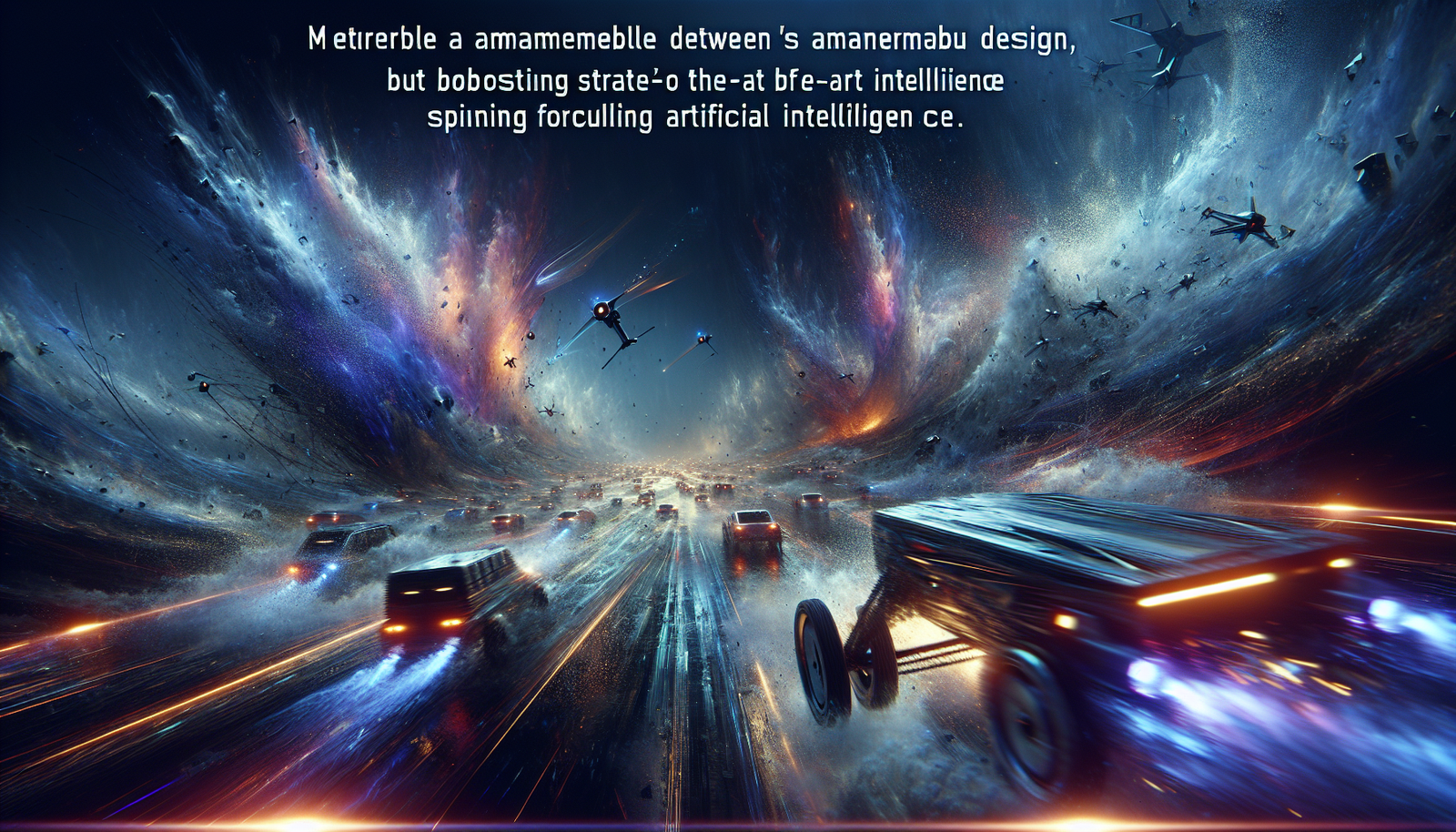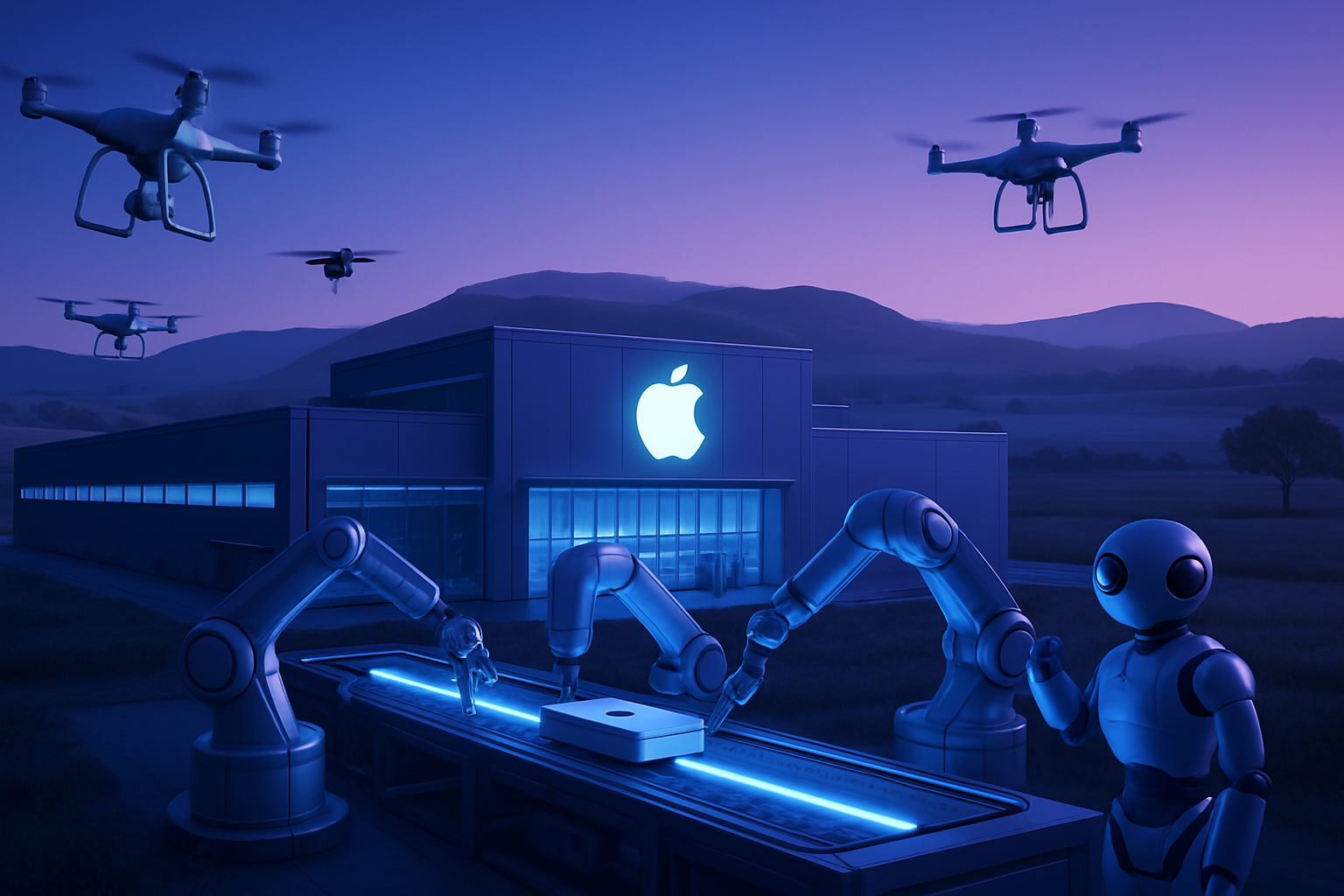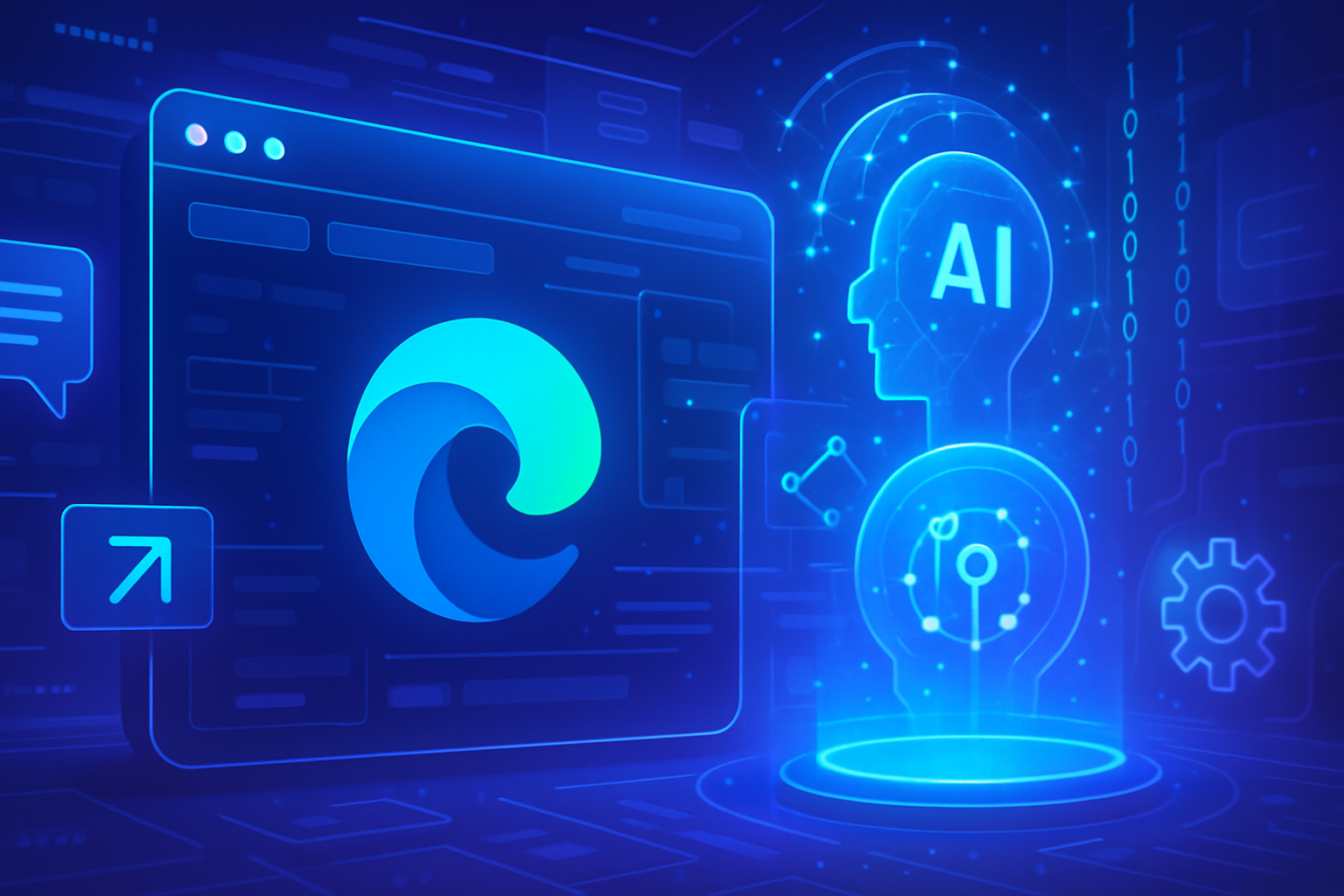Artificial Intelligence Technology and Adaptation to Turbulences
Vehicles equipped with artificial intelligence are revolutionizing the way drivers interact with their environment. These advanced systems allow for instantaneous adaptation to extreme turbulences, thus enhancing safety and comfort while driving. The integration of sophisticated machine learning algorithms provides a quick response to ambient conditions, ensuring smoother and safer driving.
Development of Innovative Solutions
The Austrian company Turbulence Solutions has developed an innovative system capable of detecting and neutralizing turbulences in real-time. With integrated sensors, vehicles can analyze unexpected air movements and adjust instantly, ensuring optimal control of the vehicle. This technology represents a significant advance in the field of automation of road transportation, making driving more serene for users.
Integration of Advanced Sensors
Modern vehicles are equipped with sophisticated sensors that provide precise data collection on the road environment. Traffic lights, for example, adjust dynamically based on traffic flow, thereby reducing traffic jams and improving trip efficiency. This type of technology is also expanding into other areas such as drones and robots, proving that computing can be applied synergistically across various segments.
Revolution in Automotive Safety
These technological advancements are not limited to efficiency; they also have significant implications for safety on the road. A vehicle’s ability to anticipate and react quickly to extreme turbulences can reduce the risk of accidents. AI-based alert systems enhance safety features, ensuring timely intervention in critical situations.
Futuristic Applications
The applications of AI continue to evolve. Projects such as Cybercab and the integration of generative artificial intelligence by Volkswagen into their myVW application promote an interactive connection between the user and the vehicle. The use of innovative technologies like ChatGPT in DS cars also illustrates this evolution, providing a more personalized driving experience.
Impact on the Automotive Industry
The automotive sector is undergoing an unprecedented transformation due to the assimilation of AI into its processes. Vehicles capable of adapting to unprecedented situations are shaping a future where driving will be more autonomous and secure. The integration of technological assistance solutions is just the beginning, as the exploration of artificial intelligence capabilities continues to redefine industry standards.
FAQ on Vehicles Equipped with Artificial Intelligence to Manage Turbulences
What is a vehicle equipped with artificial intelligence capable of adapting to turbulences?
It is a vehicle equipped with AI systems that can detect and react to turbulences in real-time, thus ensuring a more stable and safe driving experience.
How does artificial intelligence detect turbulences?
Systems use sensors and machine learning algorithms to analyze environmental data and predict sudden changes in conditions, such as turbulences.
What are the advantages of using AI-equipped vehicles in the face of turbulences?
These vehicles offer better safety, increased comfort for passengers, and reduced stress for the driver by minimizing the impact of turbulences on driving.
Can AI vehicles move safely in extreme conditions?
Yes, thanks to their ability to analyze and react quickly to environmental changes, these vehicles are designed to operate effectively, even in challenging conditions.
What technology is used to allow vehicles to adapt to turbulences?
Vehicles integrate advanced artificial intelligence algorithms, sensors, and real-time control systems to estimate and manage turbulences.
Do autonomous vehicles perform better during turbulences thanks to AI?
Yes, these vehicles can better anticipate and respond to turbulences than manual vehicles, thus enhancing safety and serenity during travel.
What types of vehicles can integrate this turbulence adaptation technology?
The technology can be integrated into different types of vehicles, including passenger cars, trucks, and even some drone models.
How long would it take to develop and deploy these vehicles in the market?
The development of this technology is ongoing, with market rollout estimated to be a few years away, depending on the advancements and tests needed to ensure safety.
How can AI improve the driving experience in case of turbulences?
AI enables proactive management of turbulences, providing drivers with real-time information and adjusting driving to maintain an optimal comfort level.
Can all electric vehicles integrate this AI technology?
In theory, yes. However, integration depends on the design and specific hardware systems of each vehicle model.






